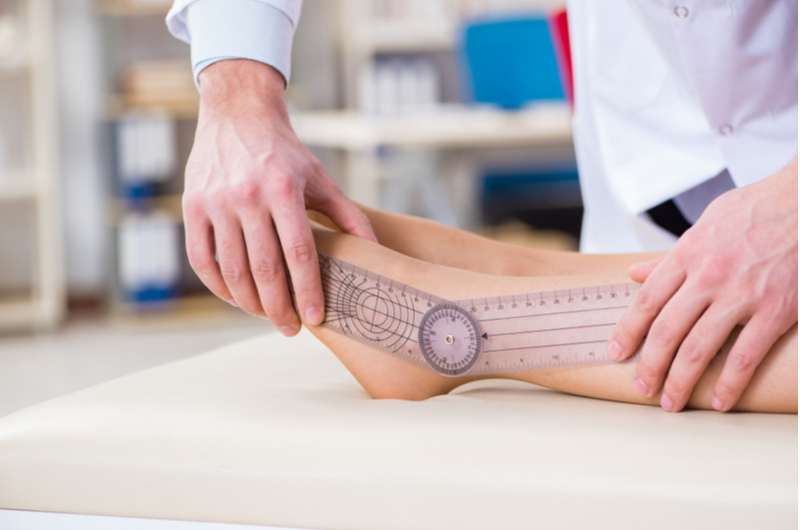Physical Therapy 2 Year Degree
There are many physical therapy career paths available. Discover more about physical therapy careers, financial assistance and top colleges.
There are many possible career paths for a physical therapist. While most physical therapy jobs involve working with patients, you do not necessarily need a degree in health science. There are many possible degrees to work as a physical therapist, including chemistry, biology or physics. At a minimum, you need a two-year associate’s degree to start your career as a physical therapist. Many of the advanced physical therapy jobs require additional degrees, but in some cases, you may be able to waive this requirement if you have enough practical experience.
Physical therapists are in much greater demand in 2021. Physical therapists work with a number of patients, with many treating the elderly. Most physical therapy jobs involve helping patients recover from severe injuries and regain their mobility. In addition to traditional universities, you can also get an associate degree from community colleges or vocational schools to start your physical therapy career.
Physical Therapist Aide
The most basic job to begin your physical therapy career is working as an aide. As an aide, your main responsibility is taking care of an office and performing administrative tasks. This includes cleaning, scheduling appointments and purchasing supplies. Many physical therapists allow aides to watch treatment, if the patient is comfortable, but you are not allowed to help with the exercises without additional training. You can get a job as a physical therapist aide even without an associate degree. This is a good career choice if you want practical job experience while attending school. As of writing, physical therapist aides make on average $27,000 a year.
Physical Therapist Assistant
Most students with an associate degree in health science or a similar physical therapy field work as a physical therapist assistant after graduating. Physical therapist assistants work directly alongside a licensed physical therapist. In addition to helping patients with their exercises and stretching, you also collect patient information and help schedule follow up appointments. The average salary for physical therapy assistants is $58,000.
Research Associate
Not all physical therapy jobs involve working in a clinic. As a research assistant, you are responsible for performing experiments and working with other medical experts to come up with new physical therapy treatments. Some research assistants work entirely in a lab, while others meet with healthcare professionals to discuss new techniques or share findings from their labs. If you are interested primarily in researching new medicine, consider specializing in a chemistry or biology degree. Research associates make around $60,000.
Physical Therapist
Once you graduate and have enough training, you can become a physical therapist. While your main job as a physical therapist is helping patients overcome their injuries or manage chronic issues, there are additional job responsibilities. You must be able to diagnose patients and come up with effective treatment plans based on their needs. Many patients have a family member or other caregiver who assists them. You must be able to convey your plan to these caregivers and explain what they can do at home to help your patient. The most important skills for a physical therapist include:
-
Communication
-
Research
-
Observation
-
Adaptability and creative thinking
On average, physical therapists make between $85,000 to $90,000.
Financial Aid for Physical Therapy Degrees
Getting a degree in health science and other physical therapy fields can be expensive. One of the ways to cut down on tuition costs is through financial aid. All students can apply for a federal Pell Grant. This grant is available to any student who demonstrates financial need. As of writing, you can receive up to $5,500 from the Pell Grant. If this is not enough, you can also apply for the Federal Supplemental Educational Opportunity Grant (FSEOG), which provides up to an additional $4,000 in aid.
There are also educational grants and scholarships available from private organizations. Some of the top sources for physical therapy financial aid include:
College of Mount St. Joseph
Mount St. Joseph is located in Ohio. The school is a popular choice for aspiring physical therapists because it not only has an excellent health science program, but some of the best financial aid available. The most popular program for students is the Mount St. Joseph Grant, which offers up to $2,000 in financial aid for lower-income students. The school also provides the MSJ Opportunity Award after your first year, which offers up to $6,000. In addition to physical therapy courses, the school also has occupational therapy and sports medicine classes.
School of Integrated Health Sciences
The School of Integrated Health Sciences is part of the University of Nevada. There are numerous health related classes available, including options for students who want to work in research or other non-clinical fields. The school works closely with health networks in the state, giving students the chance to work alongside medical professionals and develop real world experience. The school offers numerous health science scholarships as well for a variety of careers. One of the largest grants is the UNLV grant, which provides up to $3,900 each year.
University of Southern California
The University of Southern California has one of the most extensive physical therapy programs, which consists of 115 credits worth of classes. The program is taught over six semesters, including two summer courses. During the program, you have the opportunity to work in a real clinic as an assistant. Completing the course requires maintaining a minimum 2.75 GPA.
Washington University in St. Louis
Washington University is another college with a robust physical therapy program. The program is more involved than other associate degree options, taking three years to complete. However, the final year of the program focuses on clinical learning, while the first two are mostly based in the classroom. In addition to teaching different treatment options, the program includes management training to help you run your own clinic.
